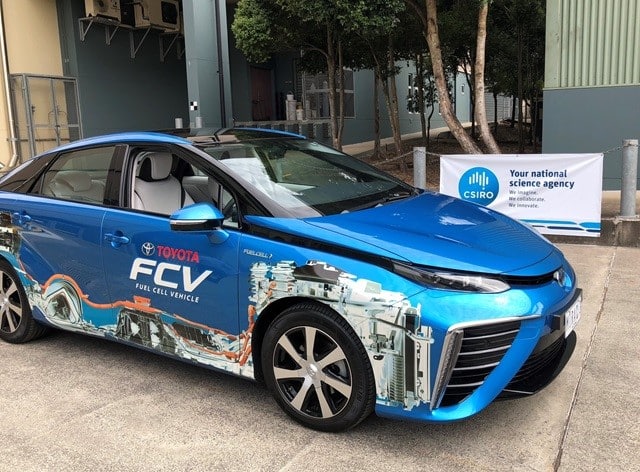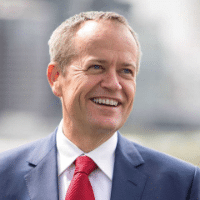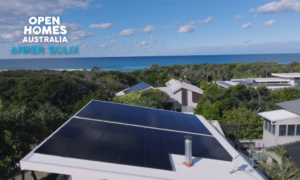Federal Labor Leader Bill Shorten is on a mission to supercharge clean hydrogen production in Australia. In the process, he hopes to make Gladstone in Queensland “the hydrogen capital of Australia” and create thousands of new jobs.
Demand for hydrogen is growing worldwide. Analysis shows hydrogen exports could be worth $10 billion in 20 years’ time.
Federal Labor describes hydrogen as the “next great energy industry for Australia” and has developed a $1 billion action plan for development and production. The plan includes supporting clean hydrogen development as well as investing in hydrogen technologies and research.

The hydrogen hub in Gladstone will provide support to the industry in terms of research, investment, development and exports. It should also kick-start commercialisation of hydrogen technologies.
Queensland Premier Annastacia Palaszczuk supports the plan, saying it would make Queensland a world leader in renewable energy.
The hydrogen energy production process
Currently, hydrogen mostly comes from fossil fuels. For example, natural gas and high-temperature steam make ‘blue’ hydrogen, while ‘brown’ hydrogen comes from coal.
Truly ‘clean’ hydrogen results from splitting water molecules using electrolysis to produce hydrogen and oxygen. It can be done using renewable energy such as wind or solar power to produce clean or ‘green’ hydrogen.
Will Labor’s plan produce clean hydrogen?
It’s not clear how much of the hydrogen produced under Labor’s plan will be ‘clean’. Shorten says renewable energy can make hydrogen; however, Labor’s plan doesn’t indicate the proportion of clean production.
One aspect of Labor’s plan is support for carbon capture for blue and brown hydrogen. This indicates some of the hydrogen produced could be from fossil fuels.
‘A rare opportunity’ for Australian industry
As well as reducing costs, renewable energy such as wind and solar power help to reduce Australia’s carbon emissions. Large-scale renewable projects as well as smaller scale solar installations help make this happen.
Australia Institute’s climate and energy director Richie Merzian wrote in the Guardian yesterday that clean hydrogen exports provided a “rare and opportune industry” for Australia.
He also said it would disappointing if support for the industry goes to hydrogen produced from gas or coal.














































